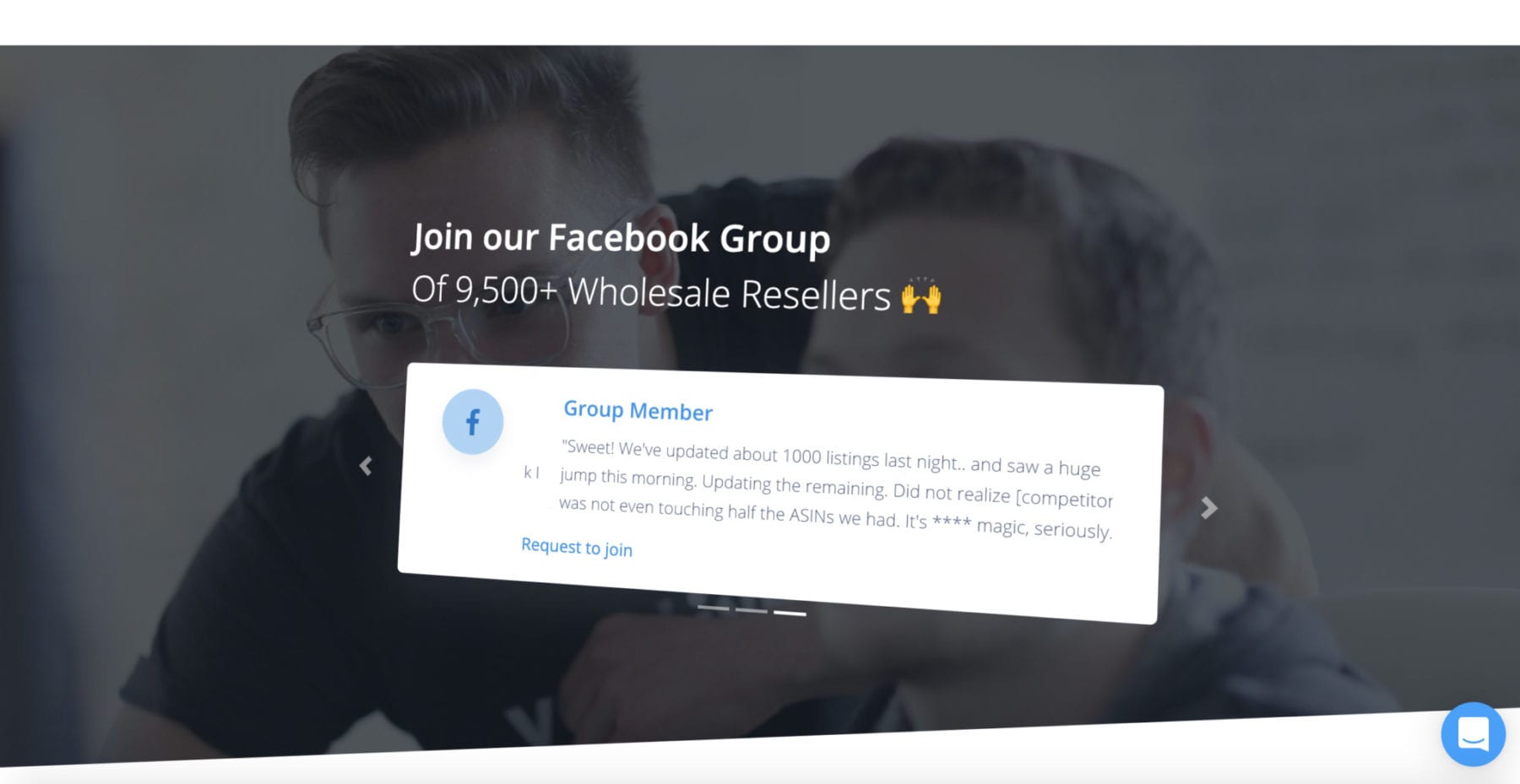With a new year often comes the motivation to shake existing marketing strategies out of outmoded ruts. Relooking your approach to content is one of the best places to kick off the revitalization of your marketing efforts.
In this article, we’ll take a look at content marketing practices that need to be put out to pasture and what to replace them with, as well as some new angles that will generate and nurture high-quality leads more effectively.
Post Contents
Content Marketing 2021: What’s Going to Work
Meet Your Customers Where They Are in Their Journey
Mapping out your customer journey is a critical step on the road to success in the digital business world. The ways that a customer journey plays out in your company’s sales and marketing strategies go FAR beyond content, but for the sake of this article, this is where we’ll focus.
HubSpot defines a customer journey map as follows:
“A customer journey map is a visual representation of the process a customer or prospect goes through to achieve a goal with your company. With the help of a customer journey map, you can get a sense of your customers’ motivations — their needs and pain points.”
If you take this definition and place it in the context of content, it all comes down to the final sentence: knowing your customers’ varied needs and pain points. If you have a solid understanding of what these are for ALL your customer types, you’ll be able to provide content that speaks to these specifically.
This is in direct contrast to taking a more functional, SEO-driven approach to your content strategy. Of course, you need to take keywords and ranking into consideration, but doing so without thinking about what your visitors may actually find helpful is counterproductive.
Visitors to your blog will have various reasons for doing so. They may have no idea that a product like yours exists, in which case they may not even know that they’re experiencing a particular need or pain point.
Your prospect may know about their pain point but have no idea how your product can address it. Or, they may know how your product can solve their problem but have no idea which model or option is best for them.
Starting to get the picture?
It is imperative that the content you publish on your blog covers topics that speak to every single one of these leads and their respective needs.
A site that does this beautifully is Gili Sports. Their blog takes every single potential customer’s awareness of paddle boarding (or lack thereof) into consideration. Take this post as an example. It’s obviously positioned to speak to leads that have an awareness of the activity but have some hesitation about becoming involved.


When looking at other posts on Gili Sports’ blog, you’ll find topics that introduce expert tips as well as articles comparing stand-up paddleboarding with other, more common water sports hobbies. Both of these speak to the needs of prospects in various stages of their relationships with Gili Sports’ flagship product.
Provide Serious Credibility
Many companies fall into the trap of, again, focusing too heavily on hitting the right keywords for the sake of the very top-end of the marketing funnel. This often happens at the expense of creating content that readers (leads) will find exceptionally valuable. It also does your blog’s credibility no good whatsoever, especially if you’re operating in a space that involves science and tech.
To combat this lazy approach to content marketing, forward-thinking businesses ensure that they’re not simply repackaging existing information but also adding their own personal angle of expertise to each piece.
This expertise is often backed up by an “expert review board.” The role of this board isn’t necessarily to generate content from the ground up but to provide new, value-added views on topics that could easily just be “spun” from the mass of info already out there on the web.
Some sites, like Each Night, even go so far as providing a page dedicated to shining a spotlight on the experts involved in vetting their content. On this page, each expert’s credentials are highlighted, adding a massive level of confidence and goodwill to each piece of content the company publishes on their blog.


Retarget Intelligently
While retargeting isn’t purely a content play (it depends heavily on elements of paid advertising), I’m going to discuss it specifically in terms of content in this section.
Many marketers don’t get granular enough when setting up the relationship between their retargeting criteria and advertisement landing pages. They feel that a cookie identifying a visitor as a visitor and nothing else is sufficient reason to show them an advert for a generic landing page containing an equally generic lead magnet.
This isn’t gonna cut it in 2021.
Remarketing technology allows you to get pretty specific when categorizing prospects. If you notice that a specific visitor has read one or more blog posts relating to a specific topic, the obvious thing to do would be to entice them with a Facebook ad that speaks to what you know about them, right?
Then why are so few companies doing this?
LeadPages offers a terrific example of leveraging this knowledge to serve up landing pages containing specific content and equally specific lead magnets. Neil Patel discusses this example in greater detail in his excellent post on the importance of intelligent content remarketing.


As technology in this space continues to mature and offer greater sophistication, personalization will just get more and more important – to the point of us marketers not being able to ignore it anymore.
Get onto this bandwagon now. It’s the present and future of digital marketing.
Is your content marketing still working? Here are 7 ways to measure content marketing success!
Content Marketing 2021: What to Avoid
Don’t Limit Content to Text and Graphics
It’s remarkable to me that so many marketing professionals still equate “content” with traditional blog posts containing text and the odd image. Going forward, embracing video is going to become increasingly effective for companies who have long sales cycles or sell sophisticated services.
It’s an inescapable fact that our audiences’ attention spans are decreasing. A famous 2015 study by Microsoft found that the average internet user’s ability to remain focused decreased from 12 to 8.25 seconds in just 15 years.
Boston Digital uses the term ‘Impulse Generation’ when describing the crop of content consumers that marketers need to somehow keep engaged to successfully continue selling their products.
As I mentioned earlier, this issue is compounded if you’re selling a complicated product in a B2B space. The more a prospect has to bend their mind around how your service can be integrated into their operations, the more chance you stand to lose their interest.
Enter explainer videos as blog content.
In a recent post about how marketers can find an antidote to our declining ability to ingest written information, WyzOwl quotes a study conducted by Forbes Insights proving that the average internet user will watch 2.7 minutes of an online video.
Think about how much more information you can convey in 2.7 minutes of sound, speech, visuals, text, and animation.
Now, compare that to the amount of information an internet user will take in when reading 8.25 seconds of text.
Yes, it’s not even a competition.
Of course, this is a slight oversimplification; excellent written content will win out over poorly produced video. But the difference in averages here is just too astonishing to ignore. Video as a format is the clear winner when it comes to breaking down complex topics.
The downside is production costs. Whether or not your service warrants this investment is a question only you can answer.
As an example, take a look at LFA Capsule Fillers. These guys sell expensive, niche machinery to an audience that has other analog options. Getting a medicine or supplement manufacturer to switch from their manual methods isn’t an easy sell. This is why they spared little expense in producing a wide variety of videos that highlight the benefits of each of their products.


Don’t Publish Content into a Vacuum
Okay, I may be overstating the negativity somewhat by calling it a vacuum. But if you rely solely on SEO to draw leads to your landing pages, you’re likely coming up against a legion of established competitors. And a massive proportion of them is doing (at least) the same level of keyword optimization that you are.
Essentially, breaking into the top page of results isn’t something that’s going to happen overnight. This is why content marketing is such a long-term play. Even if you manage to get some of your content to rank, you can’t count on Google’s fickle algorithm to keep it entrenched at the top.
Not a writer? Not a problem! Grab expert tips in this article: How to Write Awesome Website Content.
Building additional windows onto your content is absolutely essential if you’re relying on your blog to generate and nurture leads. One of the most effective ways of doing this is to actively generate a solid social media following and continually promote your content on these various channels.
There’s no shortage of proven methods to grow your social media presence, but one that’s often overlooked is simply motivating visitors to your website to join up.
A site that does this effectively and without seeming too desperate is Aura. Three-quarters of the way down the Amazon repricing tool’s homepage is an elegantly designed UI element clearly communicating the benefits of joining their thriving Facebook community.


There’s no in-your-face hard sell. There’s just a selection of quotes from existing members highlighting what they have enjoyed as being part of the community.
In Closing
A new year is simply a new date on a calendar. Content marketing strategies that worked at the end of 2020 are likely to still be effective well into 2021. In fact, I’ll go so far as to say that content marketing trends that brought leads in 2016 are mostly still relevant.
What the new date on the calendar DOES often bring us, though, is a renewed sense of purpose – a willingness to look at what isn’t working and switch things up a little.
I want to encourage everyone who read this article to think even beyond the changeups I mentioned here. Try to do even more research into how you can mix things up in your approach to content marketing.
One thing I’ve always found an excellent common denominator when replacing stale strategies with newer, more effective ones is to think from our target audience’s perspective. We get so close to solutions that it’s often hard to see the forest for the trees.
Take a step back. Remove your CMO or CEO hat and think about your content from a lead’s point of view. What is it that you want to see? What is it you want to learn? How can this company win your trust and your hard-earned money?
With these kinds of questions in mind, you’ll be able to develop an approach to content marketing that makes things work better than any prescribed tactic out there. All the best for the new year!












